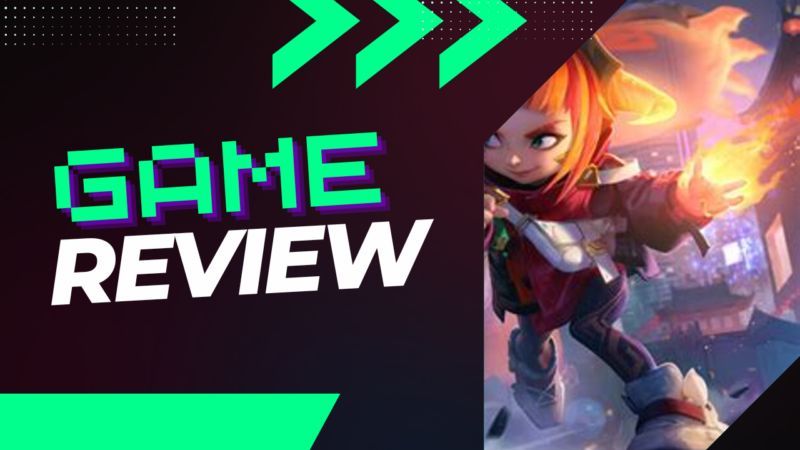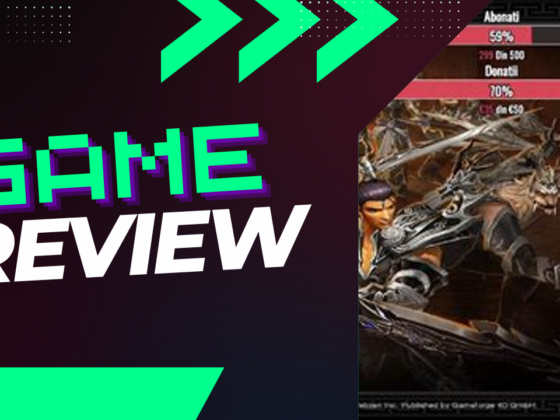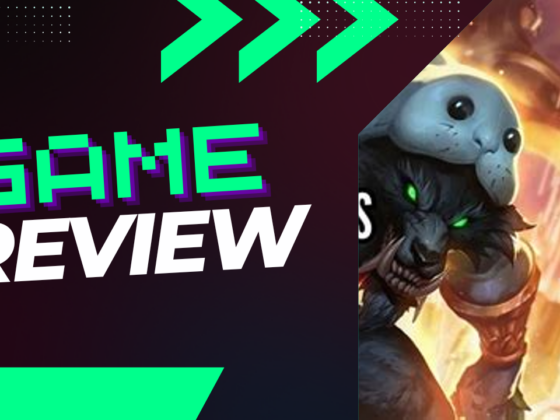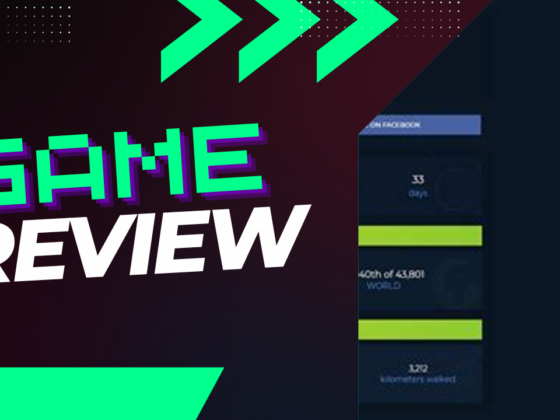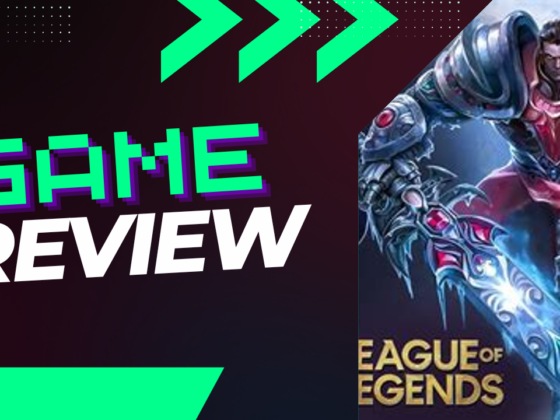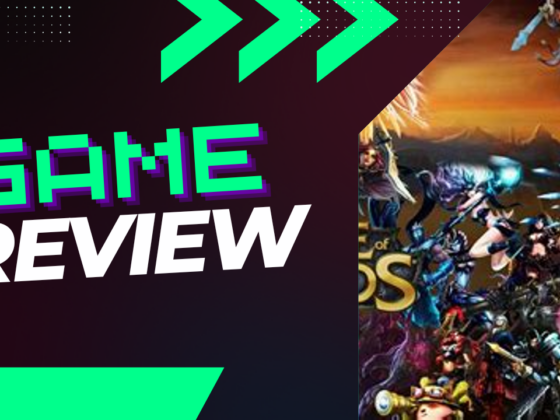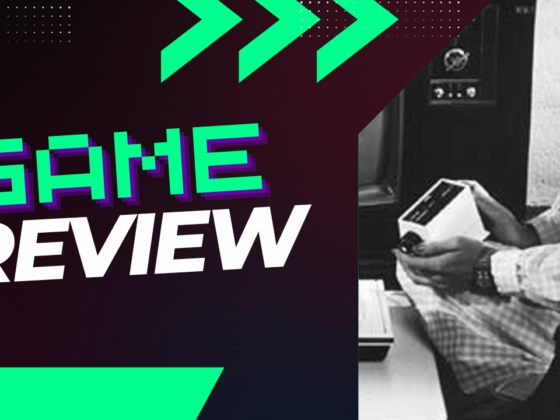What if the key to mastering League of Legends lies not in racking up kills, but in embracing the humble role of support? This often-overlooked position is not merely a stepping stone for beginners; it is a vital cornerstone that can transform a newcomer’s experience into one of collaboration and strategy. As players navigate the colorful chaos of the Summoner’s Rift, those who choose to support learn the art of teamwork, leveraging their unique abilities to amplify their allies’ strengths while ensuring victory isn’t just a solitary quest. In a game where every role plays a symphony, the support acts as the conductor, orchestrating harmonious victories.
The Role of Beginners in League of Legends
Support is widely recognized as the most altruistic role within League of Legends, making it an excellent choice for newcomers. Players stepping into the support position are expected to prioritize their team’s success at all times. Typically positioned in the bottom lane, the support champions work closely alongside the Attack Damage Carry (ADC), creating a synergistic relationship that is crucial for the team’s performance.
Understanding Roles in League of Legends
League of Legends, developed by Riot Games in 2009, stands as one of the most celebrated Multiplayer Online Battle Arena (MOBA) games. Its enduring popularity is evidenced by a player base that reached an astounding 125 million active participants as of June 30, 2022.
The diverse roles available from the onset significantly enhance the gaming experience for many players. Each position serves as a foundational element upon which gamers strategize their playstyle, guiding team dynamics.
Understanding your chosen champion’s role can greatly enhance your effectiveness in the game. Each character possesses unique statistics and abilities tailored to specific functions.
If terms like “mid lane,” “top lane,” “bot lane,” and “jungler” leave you confused, fear not. This guide will clarify these roles and offer insights on how to refine your skills based on your preferred style of play.
- Overview of Roles in League of Legends
- Selecting the Right Role for You
- Conclusion
Overview of Roles in League of Legends
Each role you pick in League of Legends comes with specific responsibilities to fulfill during matches. Random champion selections are generally frowned upon in both casual games and ranked matches due to the game’s structured nature.
Although players are at liberty to choose any character for any role, embodying the strengths of a champion in line with its intended purpose can maximize its potential. Moreover, each role has distinct advantages that allow players to carry out specific tasks more effectively.
Comprehending the functionality of these roles will facilitate a better understanding of the enemy team composition and their strategies for both early and late game encounters.
Role #1: Top Lane
The top lane represents our first focal point. Typically, top lane champions are selected for their effectiveness as tanky bruisers.
While a wide array of characters can thrive in the top lane, many players prefer tougher champions as they can absorb substantial damage, drawing the attention of enemies during team fights.
Importantly, the top lane can also host battlemages, assassins, and marksmen, since it allows for effective solo plays.
A critical responsibility for aspiring top laners is utilizing the Teleport summoner spell, which empowers players to respond swiftly in pivotal moments, potentially shifting the game’s momentum in favor of their team. A common tactic involves teleporting to the bot lane to engage with enemies.
However, Teleport usage comes at a cost; leaving your lane could allow your opponent to farm minions and take control. Therefore, weighing your decisions carefully before casting this spell is crucial.
Various champions shine in the top lane, as those capable of controlling engagements are especially effective. Tank characters remain popular choices, as they thrive in the solo environment, paving the way for significant late-game power.
Securing early kills can offer considerable advantages, allowing you to assist struggling lanes more effectively.
Top Lane Strategy
As a top laner, focusing on your own match-up should take precedence over the activities of other lanes. The isolation of the top lane affords you the opportunity to concentrate fully on overcoming your opponent.
Gaining familiarity with the typical enemy champions you might confront in the top lane will enhance your understanding of when to approach battles and when to exercise caution.
New players often find the top lane a welcoming place to embark on their League of Legends journey.
Role #2: Mid Lane
Assuming the mid-lane role will challenge your capabilities as a League of Legends player. Mid-laners are expected to make numerous significant decisions from the openings of the game to its later phases.
This lane is ideal for players who enjoy being in the spotlight while handling multiple responsibilities. Typical mid-lane champions include bruisers, mages, and assassins, particularly those with high mobility.
The primary duty of a mid-laner is to respond swiftly to in-need teammates, making it essential to act quickly in providing support for top, jungle, or bot lanes.
Securing minion kills is vital for mid-laners, as many champions in this role are expected to carry their team in the later stages of the match. Given that the middle lane offers significant control over the map, roaming to assist other lanes is key to maintaining pressure.
When selecting a champion for the mid-lane, opt for characters that can exert substantial influence over the game, ideally those with high kill and control potential.
Many mid-laners favor champions with quick wave-clear capabilities, allowing them to push their lane effectively and support allies swiftly.
Mid Lane Strategy
Mid-laners should focus on influencing the rest of the map; thus, managing minion waves becomes critical. Learning when to push, assist, and return to avoid missing gold is essential.
A timely roam could result in significant early advantages, such as securing First Blood or the initial turret. Therefore, mid-laners must develop an acute sense of when assistance is required across the lanes.
Role #3: Attack Damage Carry (ADC)
The ADC, or Attack Damage Carry, is often seen as one of the most fragile characters in the game but holds the potential for substantial late-game contributions. These champions typically possess low health and armor, making them susceptible to enemy attacks.
Despite these vulnerabilities, ADC champions offer the highest damage output potential throughout the game, making them prime targets for enemy champions looking to disrupt their farming progress.
The core role of an ADC player is survival and efficient farming. Accumulating gold during the early game is essential, so landing a few kills can greatly enhance an ADC’s effectiveness later on.
Champion selection for ADCs usually favors marksmen, as this archetype scales well with damage. However, a successful ADC must also master positioning to maximize their impact in combat.
ADC Strategy
When playing as the ADC, your primary focus should be on maximizing gold acquisition. This involves ensuring you secure last hits on minions while also coordinating pushes with your support.
Allies typically understand your objectives, allowing you opportunities to earn gold or secure buffs whenever feasible. Your ultimate goal is to become a formidable force as the match progresses.
Role #4: Jungler
Among the various positions, the jungler is often deemed the most complex role to master. This role requires players to assimilate many strategies and knowledge before diving in.
Junglers are expected to secure objectives that confer benefits to the entire team. Essential tasks include defeating elemental drakes, the Rift Herald, and Baron Nashor, as well as earning gold by taking down neutral monsters in their area—or even invading the enemy jungle when necessary.
A jungler must be adept at managing farming routes efficiently while excelling in ganking opportunities. Failing to secure objectives or successfully gank can have a significant detrimental effect on the team’s overall performance.
Although a variety of champions can fill the jungler role, only a select few are truly effective at it. Key traits of effective jungle champions include swift area clearance abilities, enabling them to move quickly and secure objectives or assist other lanes ahead of their opponents.
Having strong crowd control and high movement speed abilities is advantageous for a jungler.
Jungler Strategy
As outlined, your focus as a jungler should revolve around promptly clearing your jungle in order to secure important objectives or assist your lanes. It’s crucial to understand your positioning at any given moment.
While supporting teammates, refrain from taking minion kills for yourself; instead, aim to assist your ally in secure kills or objectives, thus fulfilling your team’s needs effectively.

